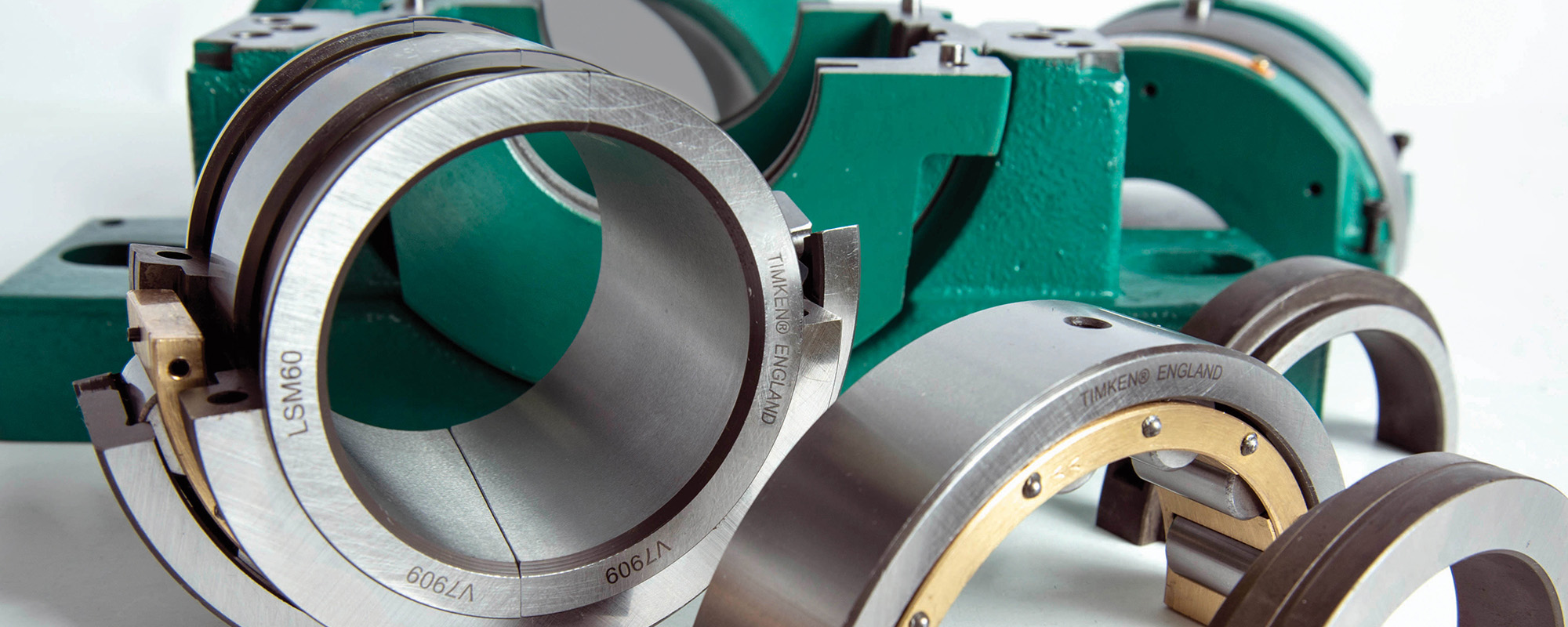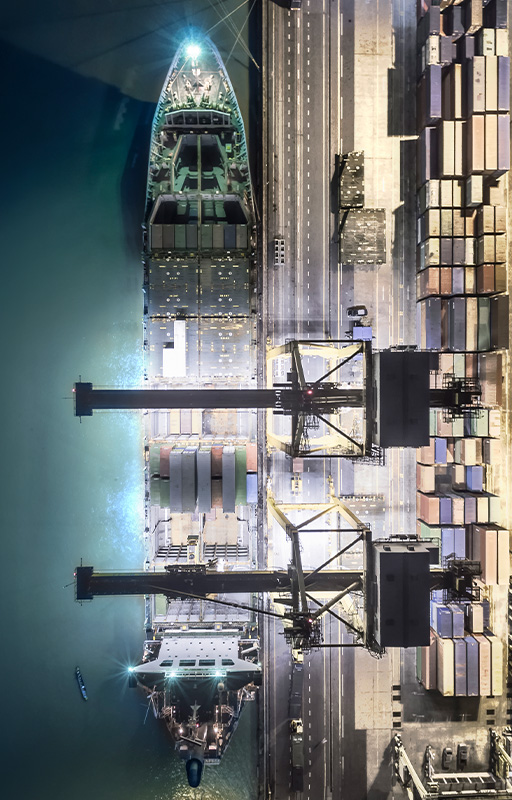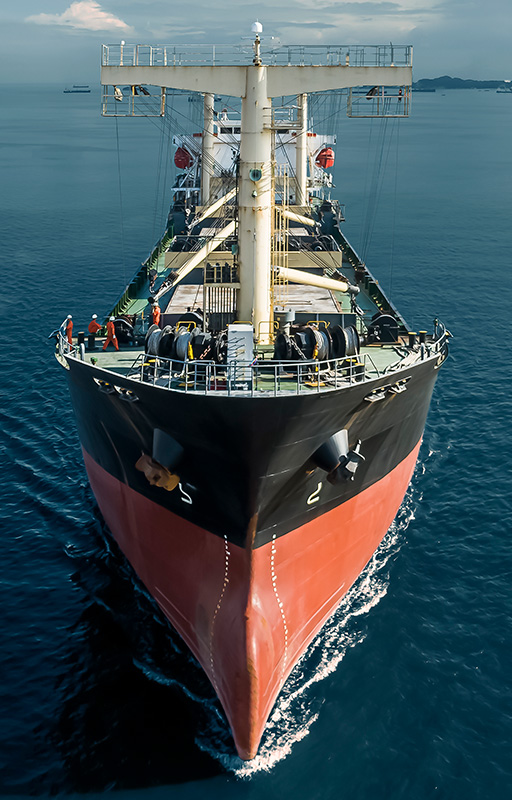Innovation
Timken Split Bearings: Efficient by Design
Timken split bearings are exemplars of engineering ingenuity. Increasingly common in machinery and equipment with radial and axial load-bearing components, they are ideal for what engineers call “trapped applications”. Unlike solid bearings, split bearings – so named because they’re split into halves – can be installed in place, conjoined, without removing and then reassembling other parts. The outer races, roller cages, inner races and housings are all entirely split to the shaft.
Of course, this simple concept is only as sound as the engineering sophistication behind it. Since acquiring a leading split bearing manufacturer in 2014, Timken has applied its considerable capacities in rheology, tribology and prediction modeling to expanding and fine-tuning the product line to meet the exacting demands of some of the world’s most challenging applications.
Sophisticated engineering for simple yet significant solutions
“There’s some very clever design work that goes into these bearings,” says Nick Dent, a UK-based Timken business unit manager who joined the company with the acquisition. “And, the complex processes we use to actually split them are quite unique in the bearing world and require some very precise calculations.”

“There’s some very clever design work that goes into these bearings,”
Nick Dent
Business Unit Manager
At Timken, Dent has been helping grow the company’s split bearing line, both on the sales side, which has more than doubled under his purview, and the engineering side — which is always exploring new ways the portfolio can support critical industries. In fact, Dent, along with more than 30 Timken engineers and scientists, was involved in designing a split bearing prototype that earned Timken a spot on the prestigious R&D 100.
Design engineering
A 40-plus year bearing industry veteran, Dent brings broad perspective to bear, and experience that aligns perfectly with Timken’s approach to designing engineering solutions.
In the late 1990s, Dent devoted himself to developing the best split bearings on the market. “We spoke to lots of engineers and found out what they liked about the competitors’ products and what they didn’t,” he says. “Then we designed ours with all the benefits and improved on the parts they didn’t like.”
These included refinements to the cage rollers, a more functional assembly mechanism for the cages themselves, and an upgrade to the material.
“We began making all of our cages with brass, which is stronger and has better anti-friction properties,” says Dent. “We really focused on engineering a higher-quality, more valuable product.”
Dent continues innovating improvements to materials, component designs and even sealing options.
“We have eight standard sealing options, from felt seals for cleaner environments to watertight seals for underwater applications,” says Dent. “We have Kevlar seals for applications like cement plants, which can be very aggressive on bearings. And we’ll custom design a seal, or a complete bearing for that matter, should the need arise.”
Onsite and across applications
Indeed, as a trusted leader in application engineering, Timken provides more than mere product. Informed by deep industry knowledge and experience across markets, the company works in close partnership with customers to develop solutions for their success.
 Regarding Timken’s expanding line of split bearings, Dent says the company often conducts a customer consultation to assess operational vulnerabilities: “Our staff will ask their engineers and plant managers, ‘What’s your worst nightmare? What bearing, if it were to fail at 2:00 am, is going to require the most time and effort to replace or repair?’ Then we figure out how to ensure that if it happens, the equipment can be back up and running with the shortest length of downtime.”
Regarding Timken’s expanding line of split bearings, Dent says the company often conducts a customer consultation to assess operational vulnerabilities: “Our staff will ask their engineers and plant managers, ‘What’s your worst nightmare? What bearing, if it were to fail at 2:00 am, is going to require the most time and effort to replace or repair?’ Then we figure out how to ensure that if it happens, the equipment can be back up and running with the shortest length of downtime.”
And Timken’s expertise doesn’t end with product design and manufacture or even with its renowned versatility in seemingly countless industries and applications. It extends to onsite service engineering and training.
“We always try and have one of our experts there to supervise and train both our own technicians and the customer’s staff at the same time,” says Dent. “That shared knowledge pays dividends.”
Timken split bearings bring benefits to a wide range of applications
Timken service engineers represent the company’s on-site customer support arm. Read how they engage in complex, challenging, and unpredictable work to produce enormous value for customers.
Last Updated: 2024/01/10
Published: 2023/07/13




